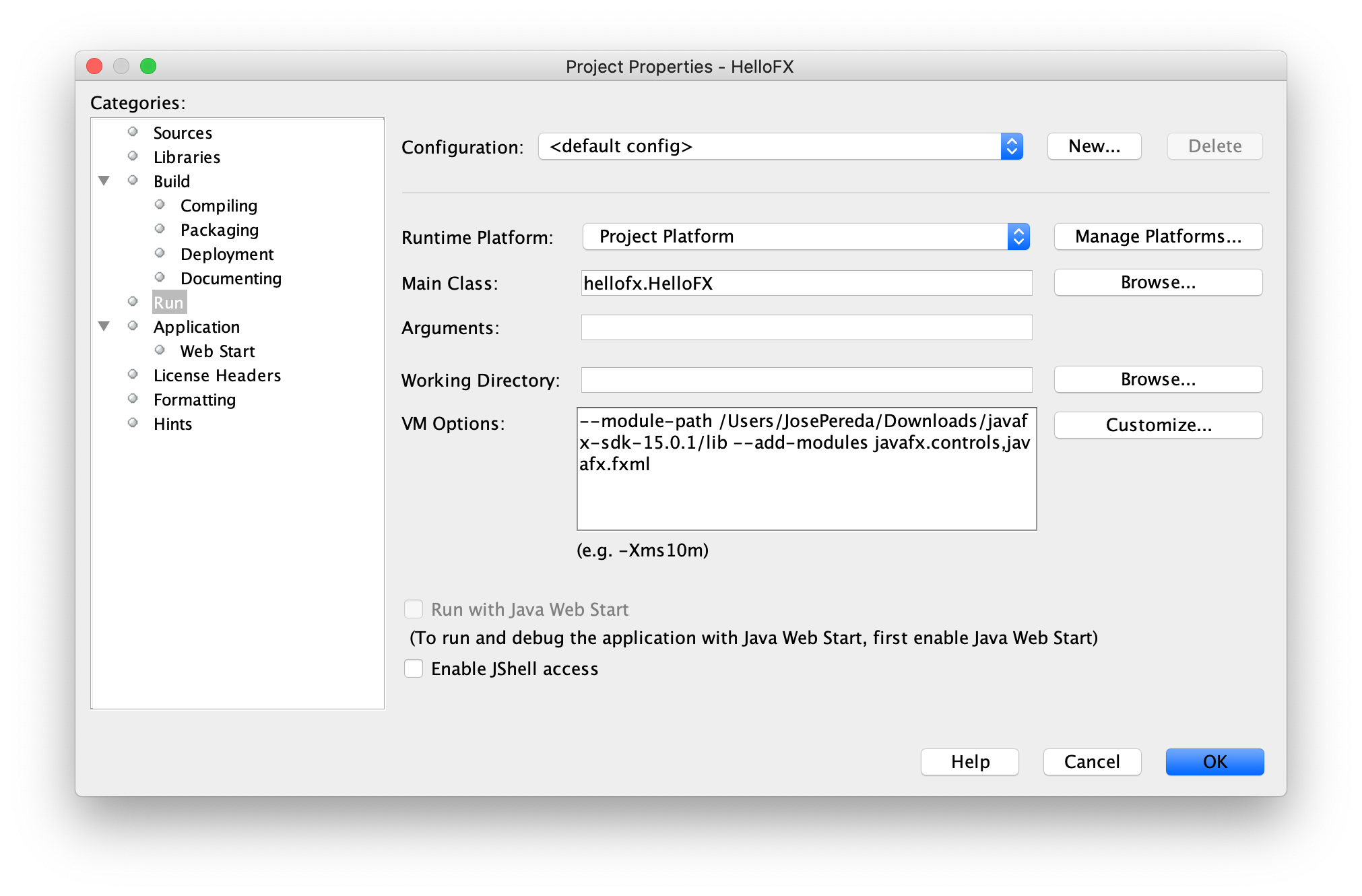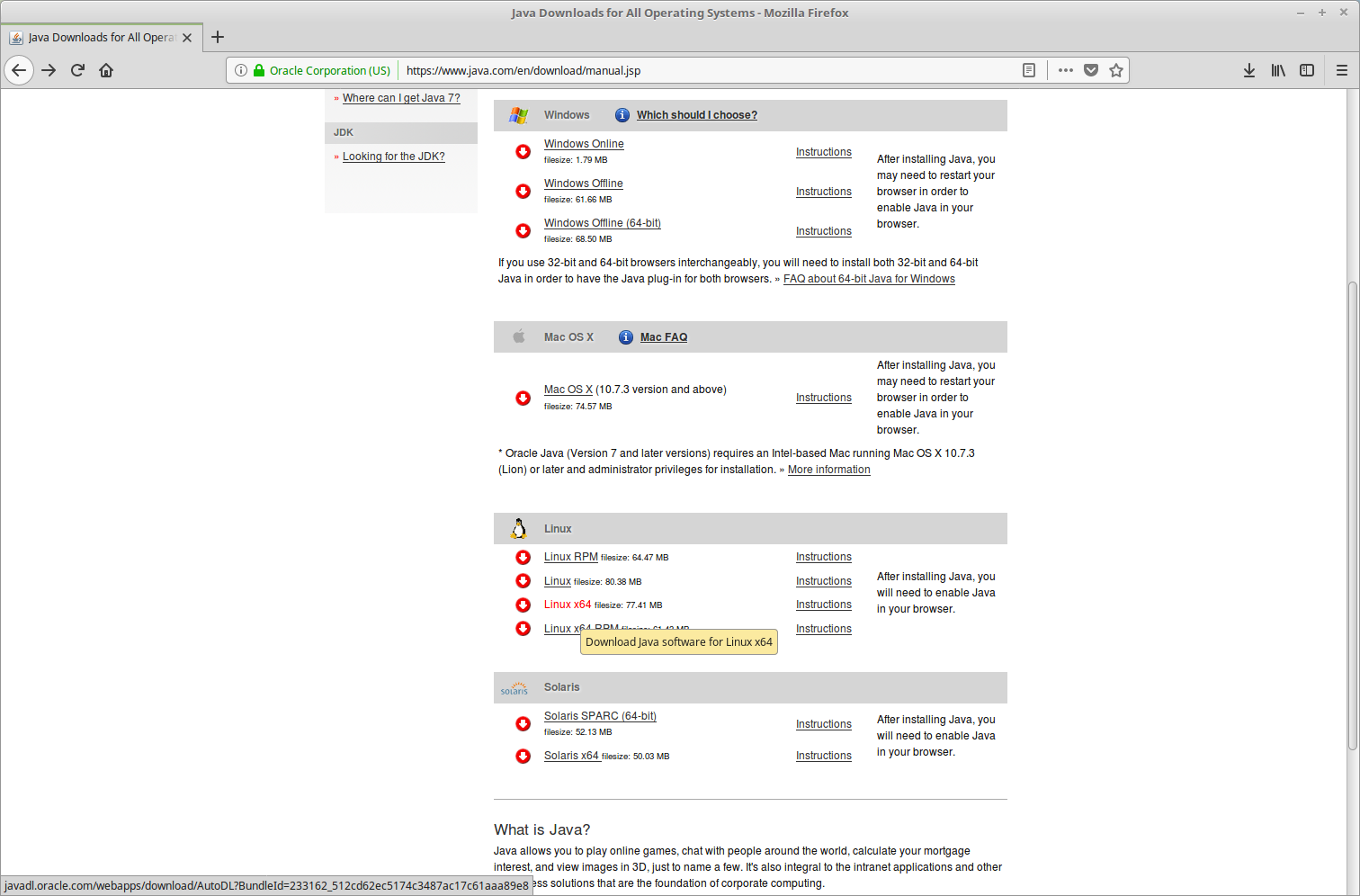- I just downloaded Java 7u17 on Mac OS 10.7.5 from here and then successfully installed it. In order to do some JNI programming, I need to know where Java installed on my Mac.
- Mac OS X - Apple Java (prior to Java 1.6.037) Until the release of Mac OS X Lion (10.7.x), Java was included with the operating system. Starting with Mac OS X Lion (10.7.x), Apple does not include Java by default and installation has to be done manually. To install, please follow these steps: In Spotlight, type 'Java Preferences' and select it.
- You can download Java 1.7.2 for Mac from our software library for free. Our built-in antivirus scanned this Mac download and rated it as 100% safe. The latest setup package takes up 50.6 MB on disk. The software relates to Developer Tools.

After installing Java for macOS 2012-006, can I continue to use Apple's Java 6 alongside the macOS JDK for Java 11? If you want to continue to develop with Java 6 using command-line, then you can modify the startup script for your favorite command environment.

The following article uses options that are available starting with the Professional edition and project type.
This tutorial will guide you through the packaging of a Java application into a Mac OS X compliant package.

Java 8 For Mac
- 1. Create project
- 2. Add Installation Files
- 3. Add the Mac OS X build
- 4. Define Java Product
- 5. Build
- 6. Video tutorial
1. Create project
Start Advanced Installer. Launching Advanced Installer automatically starts a new installation project. Choose 'Java' > 'Java Application' as the project type.
A good idea is to save and name the project at this point. Use the 'Save' menu item under the 'File' menu or the Ctrl+S keyboard shortcut and let's name it MacOSXPackage.aip.
2. Add Installation Files
Java se 6 runtime os x. Go to the Files and Folders page by clicking on 'Files and Folders' on the left pane.
Right click 'Application Folder' and select 'Add Files'. Browse to the source folder on disk of your JAR file and select it. Click OK.
3. Add the Mac OS X build
Go to the Builds page by clicking on 'Builds' on the left pane.
Create a new Mac OS X build by clicking on the toolbar button.

4. Define Java Product
Go to the Java Products page by clicking on 'Java Products' on the left side page menu.

After installing Java for macOS 2012-006, can I continue to use Apple's Java 6 alongside the macOS JDK for Java 11? If you want to continue to develop with Java 6 using command-line, then you can modify the startup script for your favorite command environment.
The following article uses options that are available starting with the Professional edition and project type.
This tutorial will guide you through the packaging of a Java application into a Mac OS X compliant package.
Java 8 For Mac
- 1. Create project
- 2. Add Installation Files
- 3. Add the Mac OS X build
- 4. Define Java Product
- 5. Build
- 6. Video tutorial
1. Create project
Start Advanced Installer. Launching Advanced Installer automatically starts a new installation project. Choose 'Java' > 'Java Application' as the project type.
A good idea is to save and name the project at this point. Use the 'Save' menu item under the 'File' menu or the Ctrl+S keyboard shortcut and let's name it MacOSXPackage.aip.
2. Add Installation Files
Java se 6 runtime os x. Go to the Files and Folders page by clicking on 'Files and Folders' on the left pane.
Right click 'Application Folder' and select 'Add Files'. Browse to the source folder on disk of your JAR file and select it. Click OK.
3. Add the Mac OS X build
Go to the Builds page by clicking on 'Builds' on the left pane.
Create a new Mac OS X build by clicking on the toolbar button.
4. Define Java Product
Go to the Java Products page by clicking on 'Java Products' on the left side page menu.
Create a new Java Product by clicking on the toolbar button.
Click on the button and browse to and select the JAR file you added in 'Files and Folders' page. Click OK.
Go to 'Mac OS X' tab and check the 'Include the Java Product in the Mac OS build' option.
5. Build
Download Sun Java Virtual Machine
Click on the toolbar button. Two setup packages will be built: a Windows compliant setup and a Mac OS X compliant package. The built Mac OS X package is a self extracting ZIP archive.
